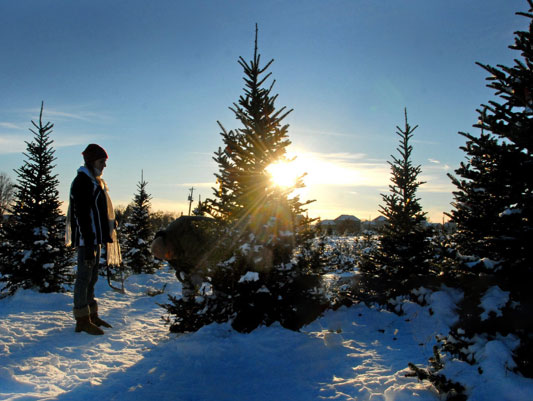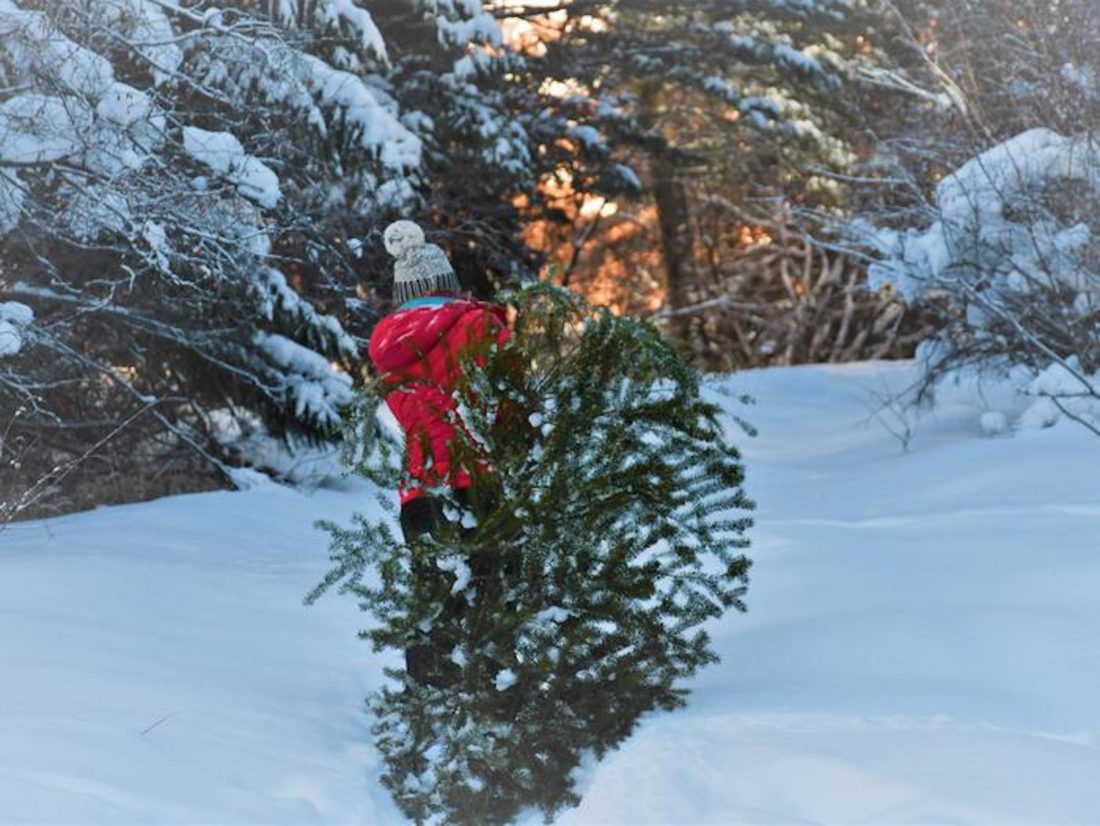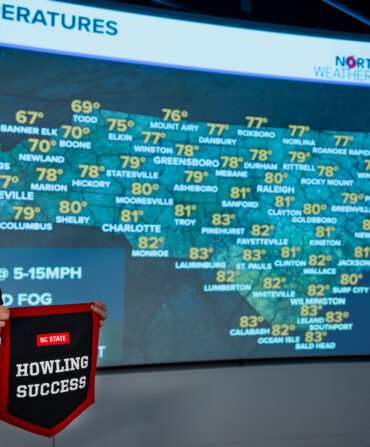This year, more than ever, we’ve all sought out reasons to get outside and experience the country’s wild, wide-open spaces. However, with winter on the horizon and temperatures taking a nosedive—there were even a few snow flurries in Alabama and Tennessee earlier this week—those reasons are becoming harder and harder to come by. Here’s one for you, though: The U.S. Forest Service is encouraging you to channel your inner Clark Griswold this holiday season by harvesting your own wild Christmas tree in one of eighty-eight participating national forests.
“The Christmas tree permit program is a long-standing tradition within the agency,” says the Forest Service’s Babete Anderson. “It extends back more than fifty years.” And last year, the Forest Service launched an online platform with an interactive map that pinpoints participating forests and allows families to buy permits in advance—most of which run between $5 and $25 for trees as tall as forty feet in some places.

Each forest has its own regulations regarding the type and size of tree that can be harvested, though, so be sure to double check the website before you set out. And remember, you’re not at the tree lot in the Publix parking lot, so wear appropriate clothing and footwear for the weather and terrain. Water, snacks (maybe a thermos of hot chocolate), and a few basic tools—a measuring tape, hand saw, gloves, and a tarp, as well as straps or rope for transportation—are also recommended. Maps with directions to approved cutting areas can be downloaded at recreation.gov, which also offers an app for your smart phone. “Always have a plan before you go out to the woods,” Anderson says. Don’t rely on GPS.

And if the opportunity for a little outdoor adventure combined with the price tag and a dose of old-fashioned Christmas spirit aren’t reasons enough to seek out a wild tree this year, the permit program also contributes to the overall health of the national forests. “Removing small trees allows more sunlight to reach the forest floor,” Anderson says, “which helps promote greater diversity of growth such as grasses, brush, and wildflowers.” Thinning younger trees also opens up space for wildlife to forage, allows the remaining trees to grow larger and stronger, and prevents saplings from becoming kindling for forest fires, especially out West, where you’ll find the bulk of the participating forests. You’ll also find three Southern forests on the app—Monongahela in West Virginia, Ocala in Florida, and Shawnee, which is located just over the Kentucky border in Illinois. There are additional Southern forests not included on the app that do sell permits on-site rather than online. If you’re looking for a forest closer to home, call the nearest ranger station to inquire.








